
past
09.2023 - 01.2025
In the Bachelor of Industrial Design, I developed my vision from designing for healthcare to self-tracking for wellbeing and my identity as a designer of experiential technical prototypes. My particular interest was in Technology & Realization and Creativity & Aesthetics, hence I specialized in these Expertise Areas.
In my Master, I focused on becoming impactful with my vision and doing less isolated designing. This meant that I emphasized stakeholder involvement, project management, and contextual exploration, and explored my role as a designer in a team of engineers. This included deepening my competence with electronics, programming, and engineering to enable career positions in more technical contexts. I carefully selected my electives and supplemented them with extracurricular activities to fill knowledge gaps. These contributed to my Expertise Area development. Connections between my expertise development formed themes, that shaped my overall development as a designer, as seen in the image.
Disclaimer: The Expertise Areas linked to the themes of development are seen as inherent, but do not necessarily exclude the involvement of the other expertise areas, as I believe this is highly contextual. Examples: 3D modeling a concept for stakeholder evaluation makes it Business & Entrepreneurship-oriented, and building a story about a context based on quantitative sensor data involves Math, Data & Computing.
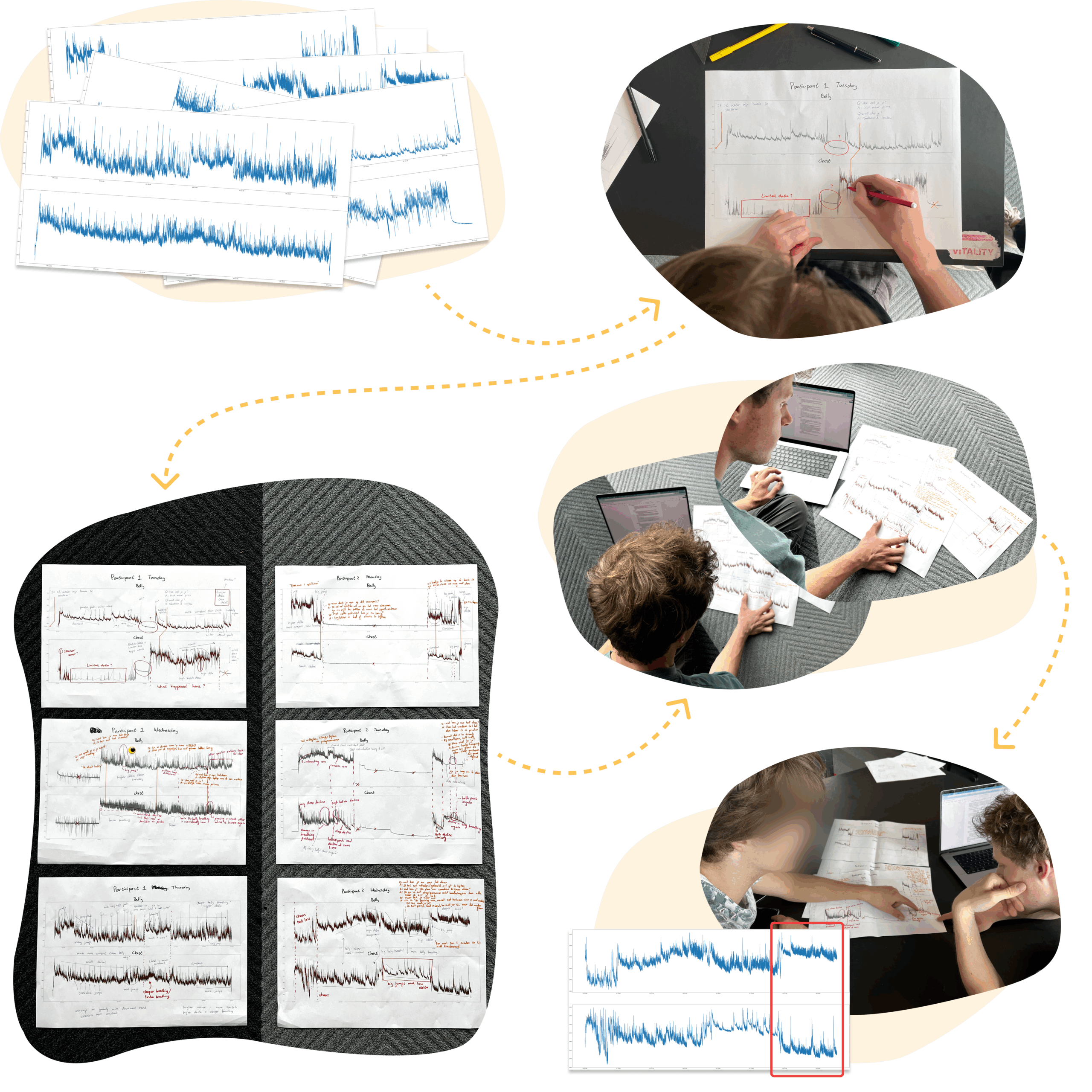

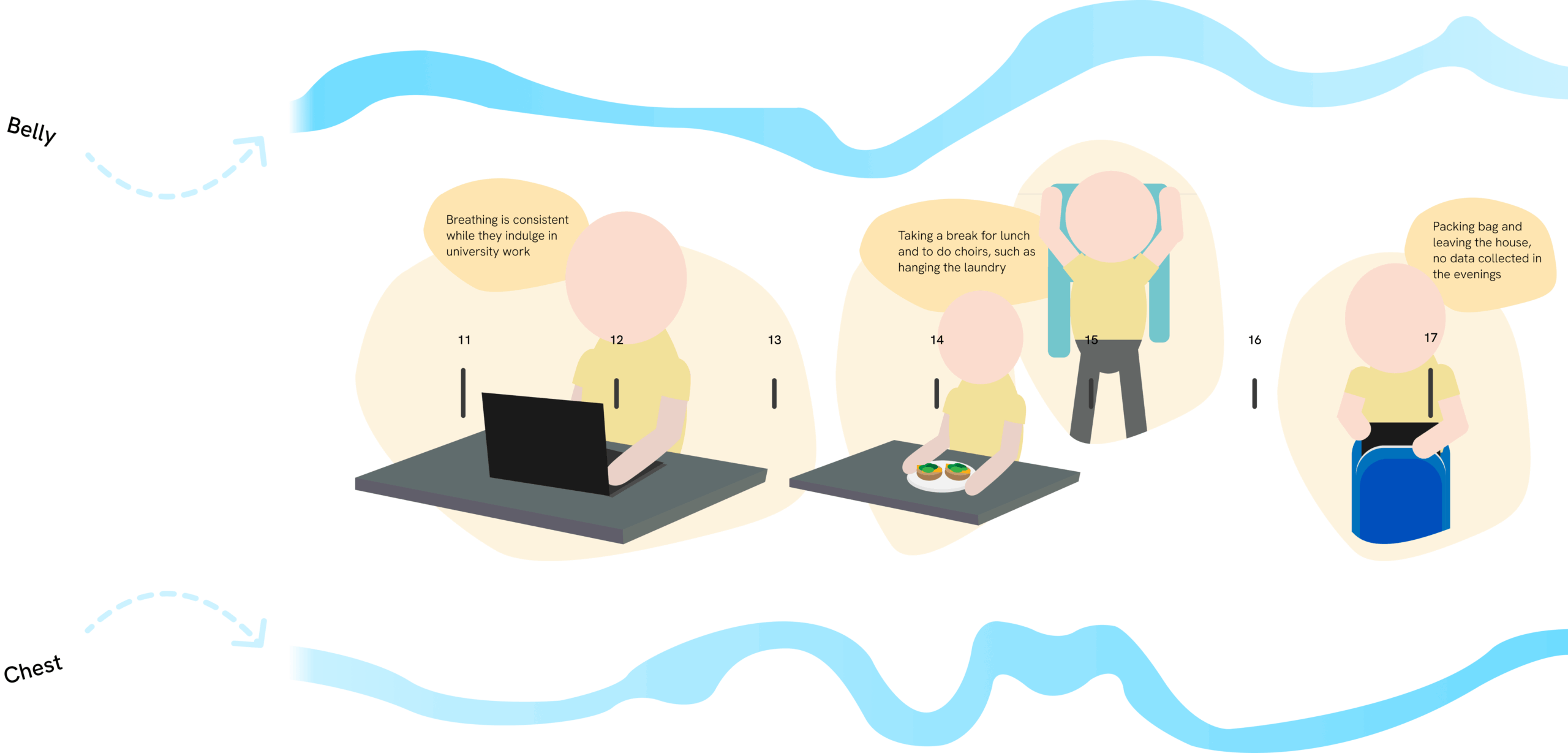
Image 4: Video story for the Innovation Space entrepreneurship course and TU/e Contest

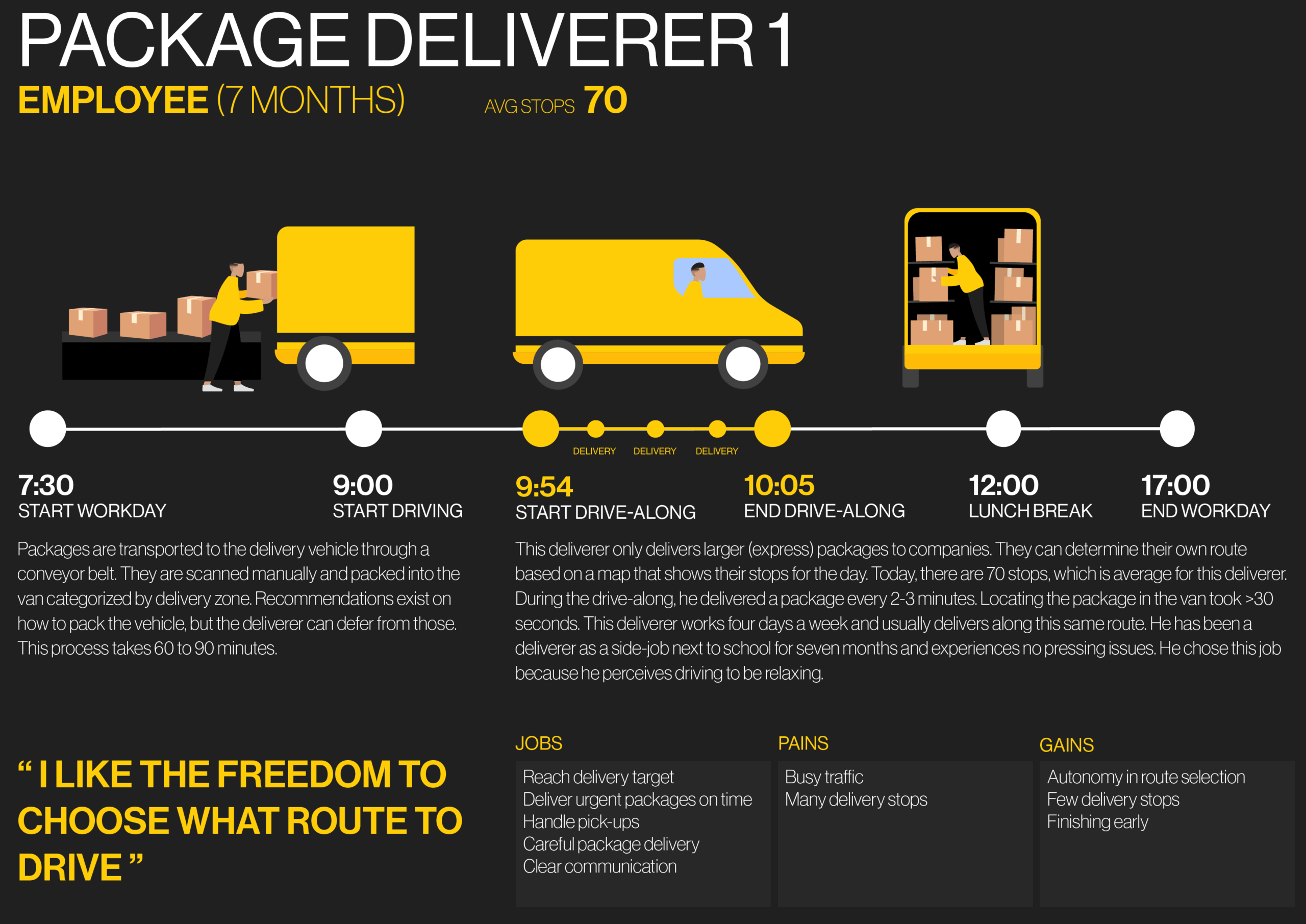
Storytelling & Contextualizing
To ground my projects in real life and be more impactful, multi-perspective contextual exploration became central to my design process. I was introduced to Pragmatism; things can only be discussed in context. This shifted my perspective to balance vision-driven and context-driven design; I realized that self-tracking technologies could not be the sole core of my vision, but rather a potential facilitator for wellbeing and self-development in specific contexts. In Data-Enabled Design, I was introduced to qualitative analysis of quantitative data, doing data-enabled interviews (Image 1), and using these insights for storytelling (Images 2 & 3). This connected User & Society to Creativity & Aesthetics. In my second year, I approached storytelling and contextualizing from a Business & Entrepreneurship perspective in the Innovation Space project. Here, I learned to drill down on a problem until the remaining part could be flipped into the solution. This required an understanding of the “low-hanging fruit”: what is most straightforward to address to solve the most central problem. Additionally, it required a better understanding of the risks, legal framework, and value network in a context. I adapted my storytelling for professional audiences by including problem quantification and videography (Image 4). Combined, these skills are relevant for my Professional Identity and future career as a Project Manager, as they help me conceptualize and communicate better value propositions.
user & society | design & research processes
business & entrepreneurship | creativity & aesthetics
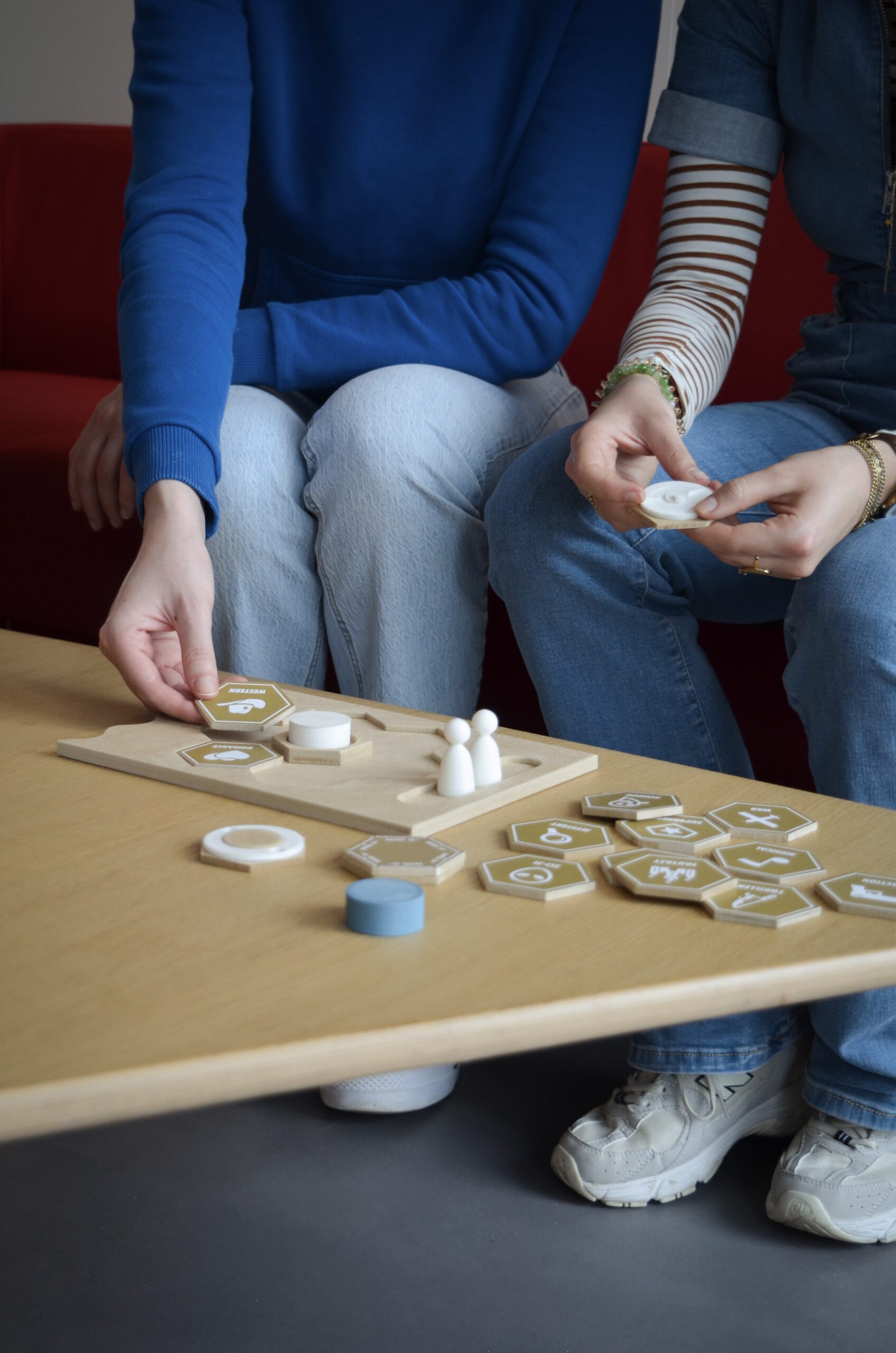
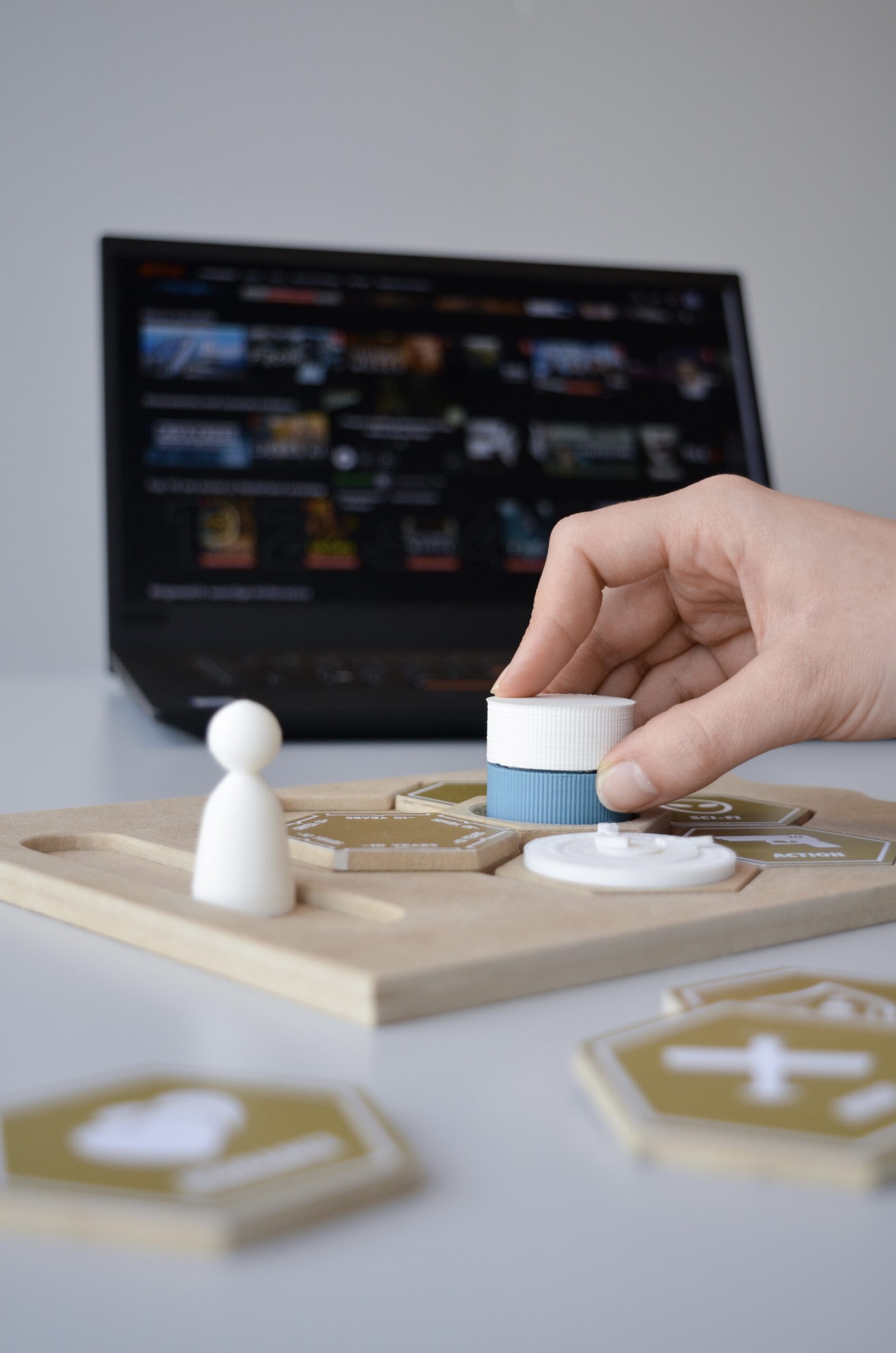
Image 9: Our Light Drum installation, very expressive interaction!

Image 11: Designing entertainment and messaging IoT systems, anticipating emergence
Interaction Design
With my Professional Identity of designing experiential technical prototypes, interaction design is pivotal. Additionally, it is a facet of design that greatly interests me. Therefore, I followed the IoT course on designing growing systems. This course convinced me of the value of rich interaction, especially in designing for wellbeing, since it can facilitate more meaningful and thoughtful interaction (Images 7 and 8). I gained theoretical knowledge on interaction design and learned evaluation frameworks, such as the parameters of use, that I leveraged in other projects like the Light Drum (Image 9) and Data-Enabled Design (Image 10). Additionally, I learned to anticipate more unknowns in designing interactions, like emergent functionalities and unexpected use-cases (Image 11), which relate well to being more context-aware in designing. Most importantly, diving deeper into interaction design was relevant for me to shape my role as a designer in a technical team; I can more confidently use my technical skills to communicate my design knowledge to engineers.
technology & Realization | creativity & aesthetics
user & society
Image 12: Customizing my personal 3D printer
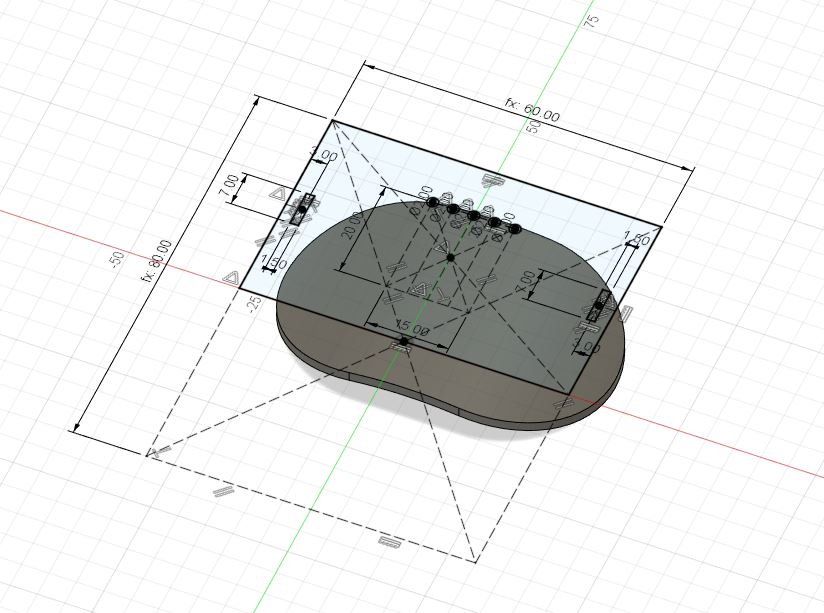
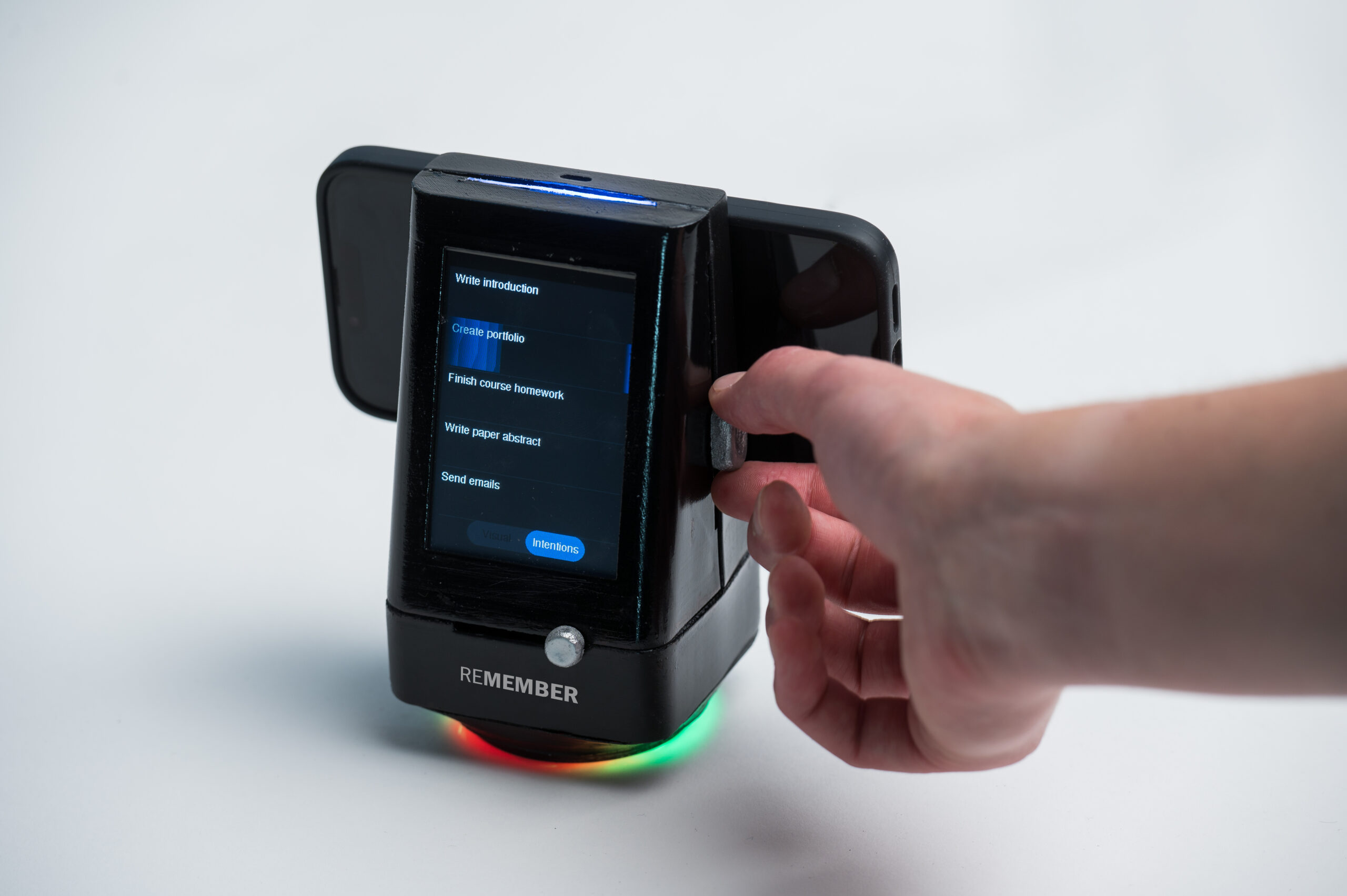
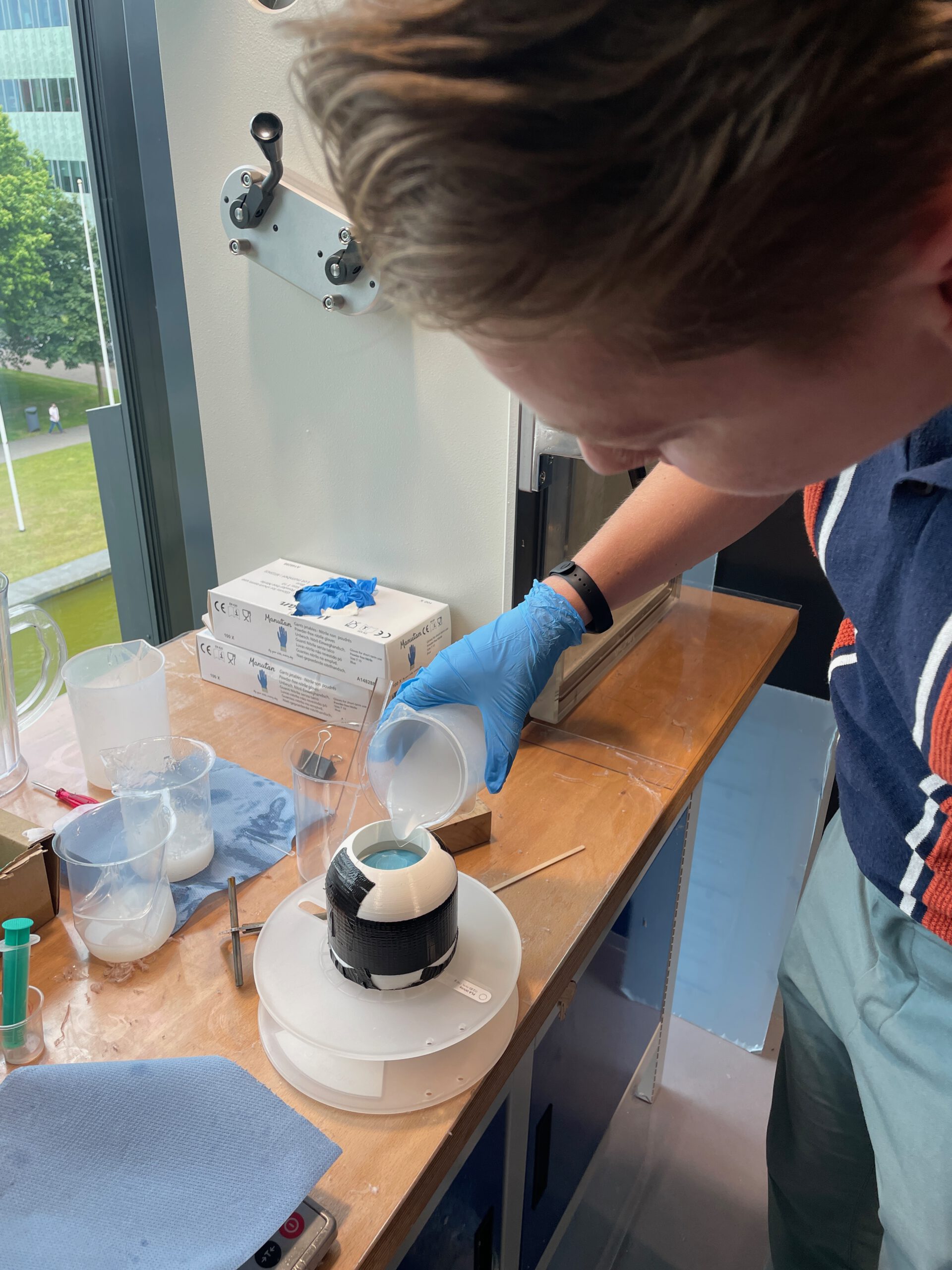
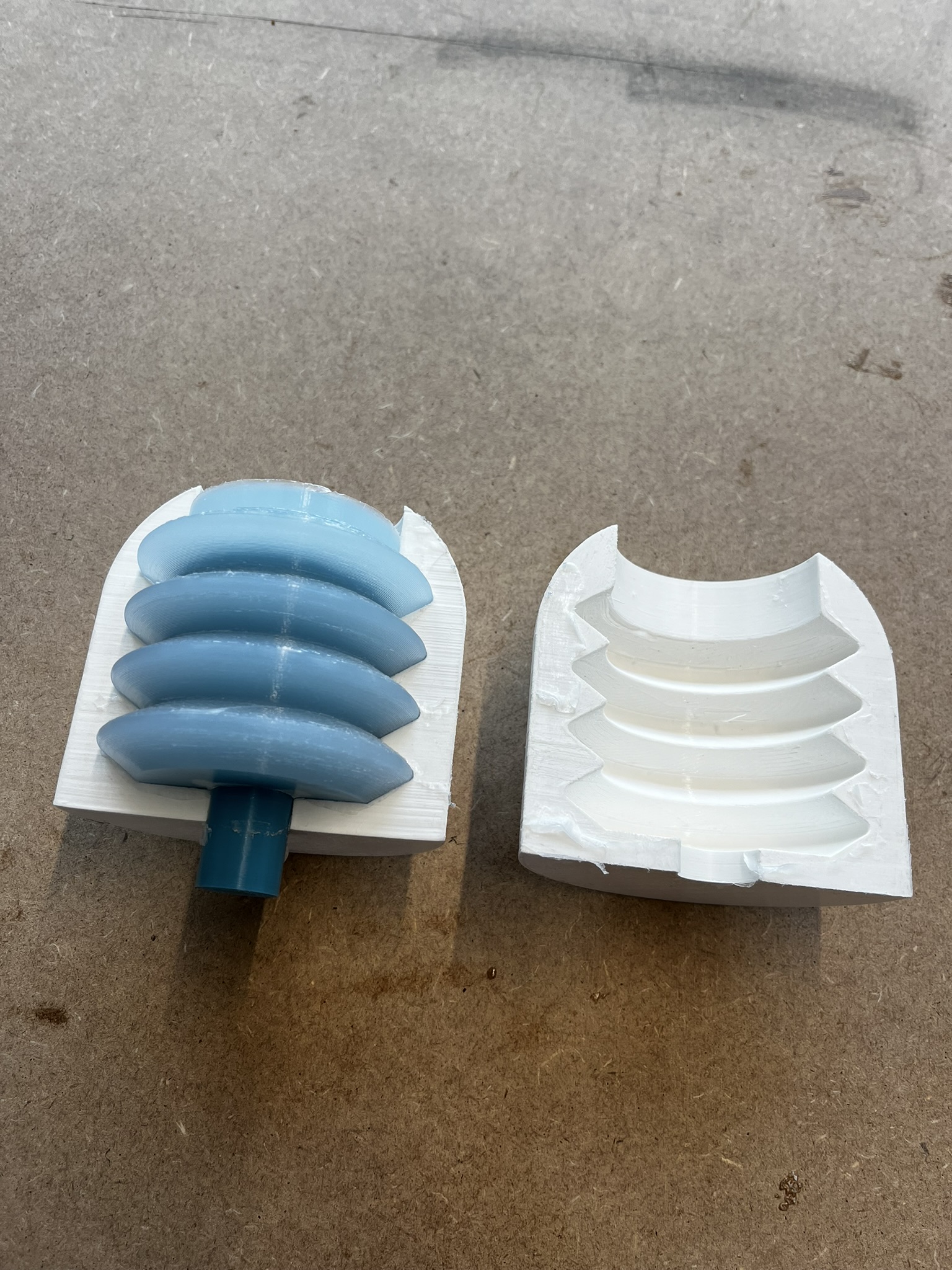
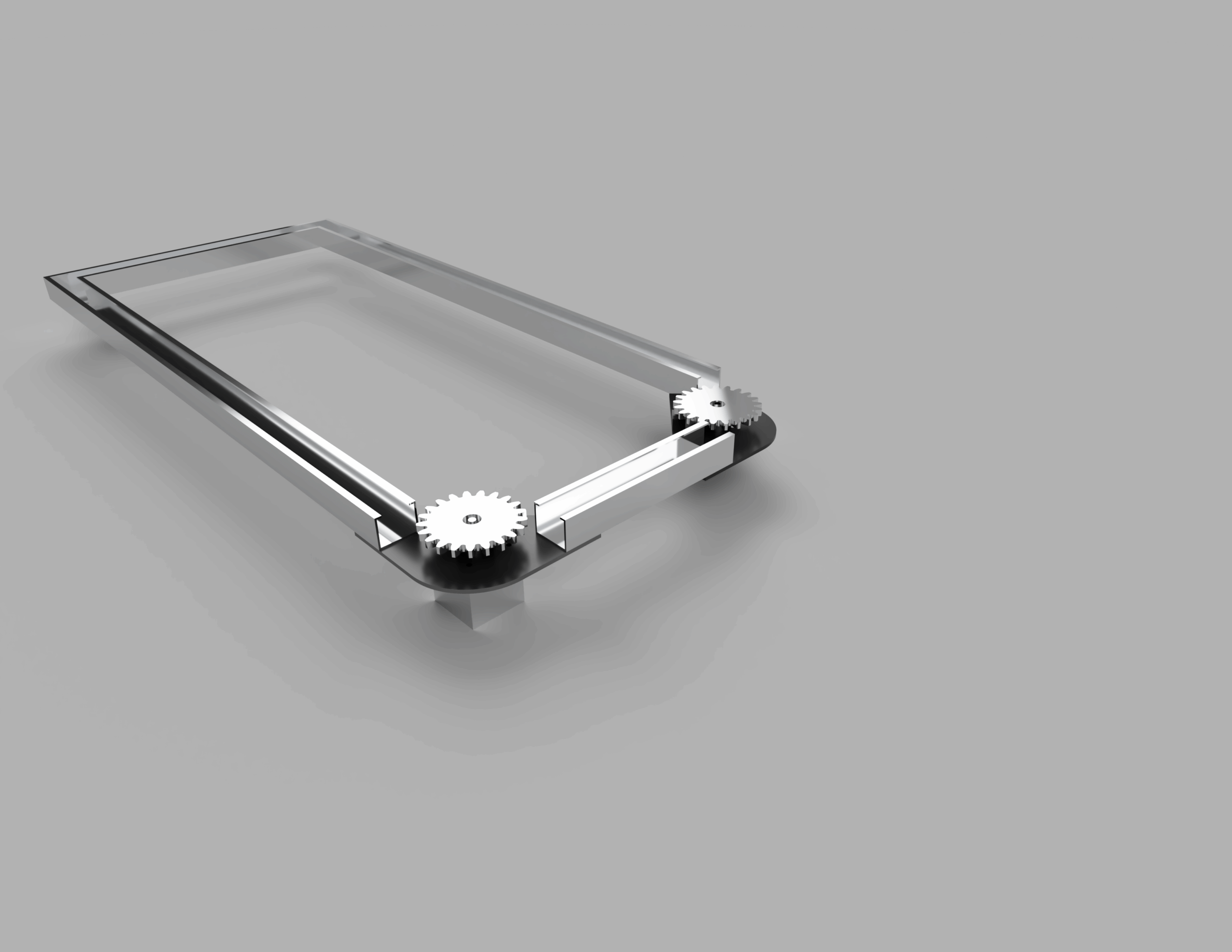
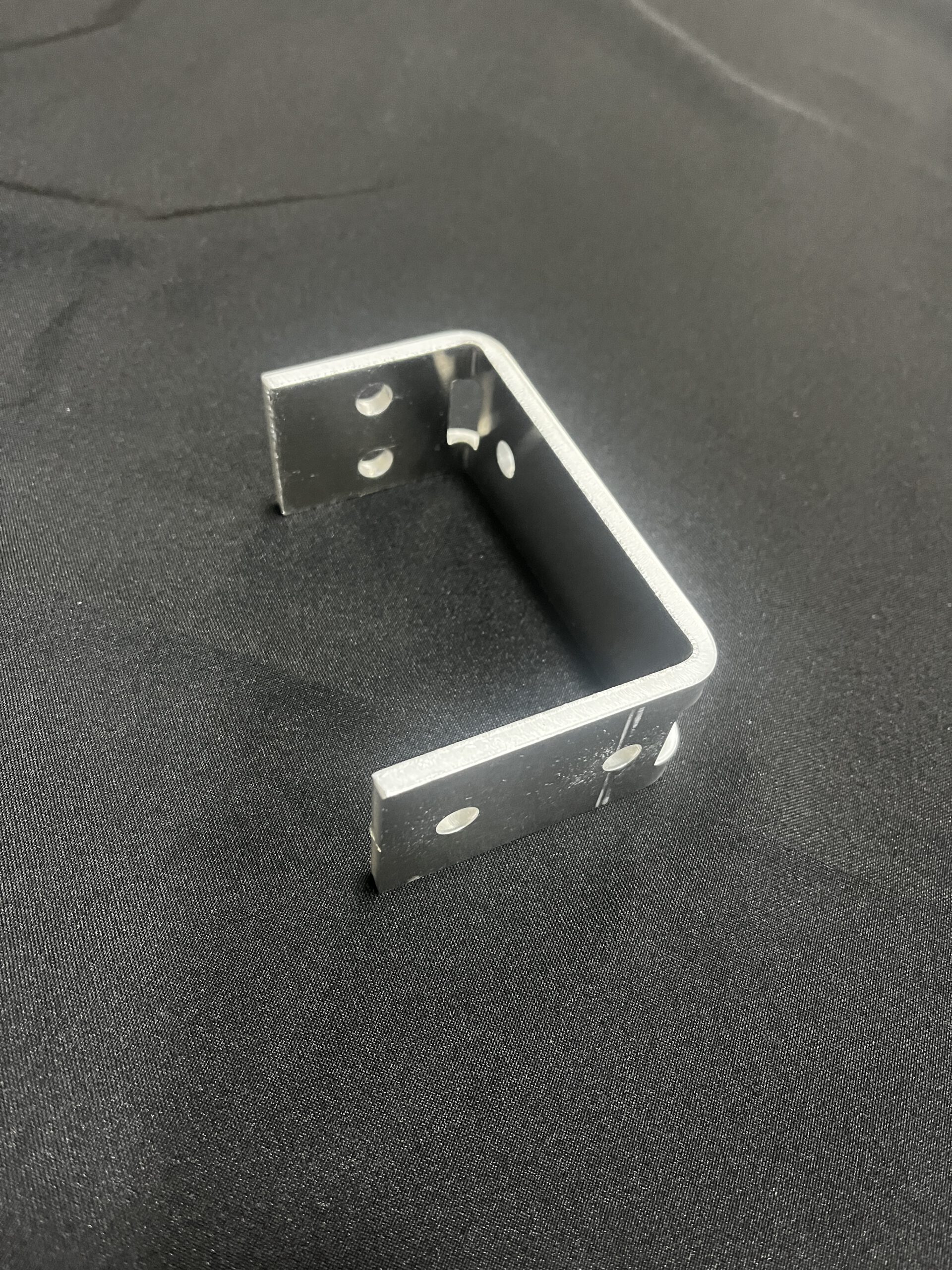
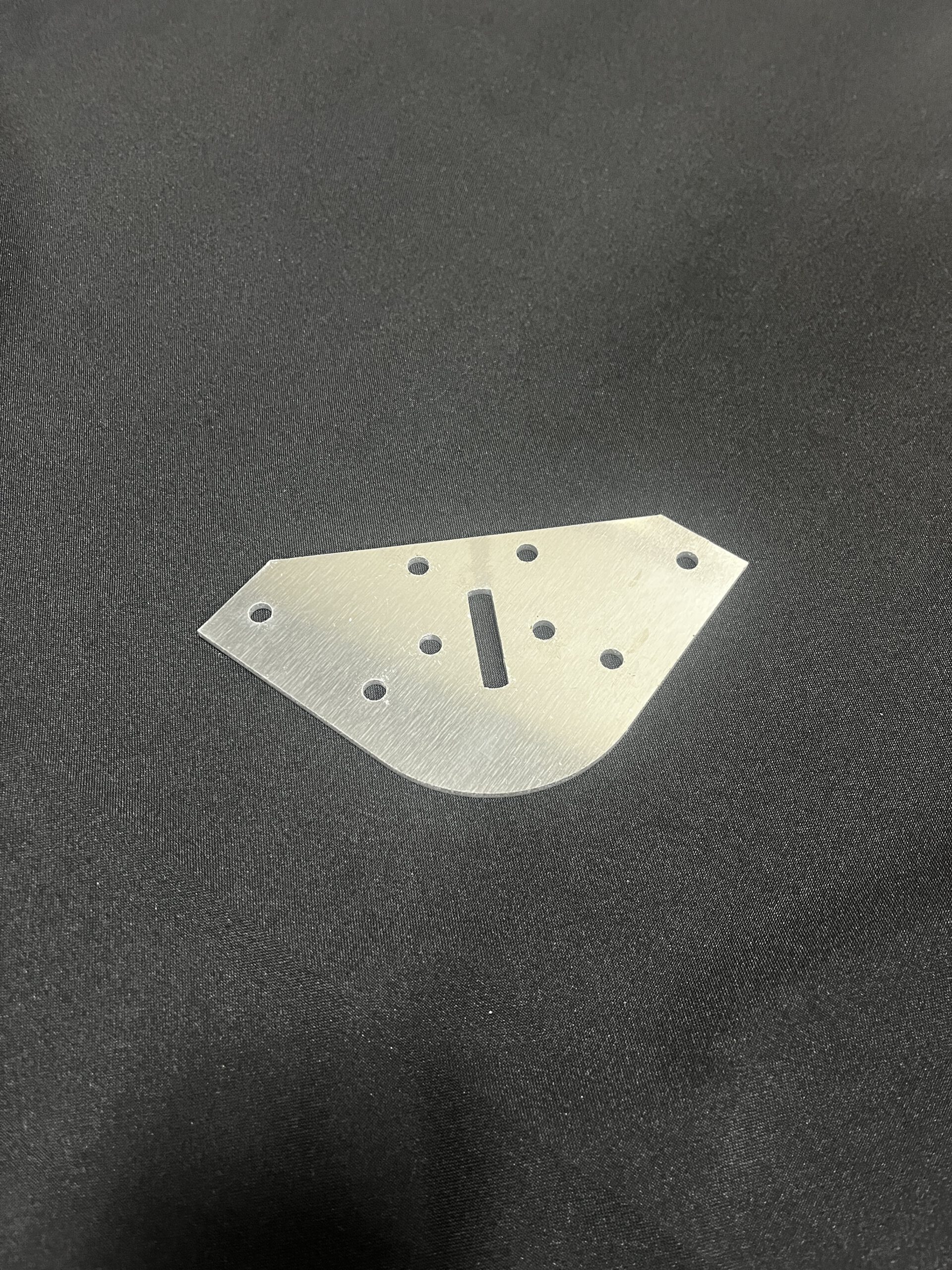
Modeling & Engineering
To enable high-tech experiential prototypes and better collaboration with engineers in my future career, I set out to improve my modeling and engineering expertise. I became more aware of the state of the art and best practices in 3D printing by getting my own printer (Image 12). This increased my familiarity with various types of plastics, their properties, and application contexts. 3D printing became a thoroughly integrated part of my creative process, helping me address my limitations in divergent thinking by making concepts tangible. This developed my Professional Identity and Creativity & Aesthetics expertise through the use of Technology & Realization. In various courses, I modeled prototypes through 3D printing (Images 13 & 14), including molds for soft materials (Images 15 & 16). Next to these courses, the potential within the Industrial Design Master to develop in Modeling and Engineering felt limited. Therefore, I joined EPHI to work part-time and conduct my M2.1 and M2.2 projects. Here, I learned to model for larger-scale industrial applications. This included assemblies to mimic real-life (Image 17) and a higher emphasis on material properties and structural integrity. Hence, I learned to design and prototype with metal parts, which required an entirely different approach to 3D modeling (Images 18 and 19). Combined, these developments enable me to better ideate, conceptualize, prototype, and communicate design concepts, facilitating impact with my design vision.
technology & Realization | creativity & aesthetics
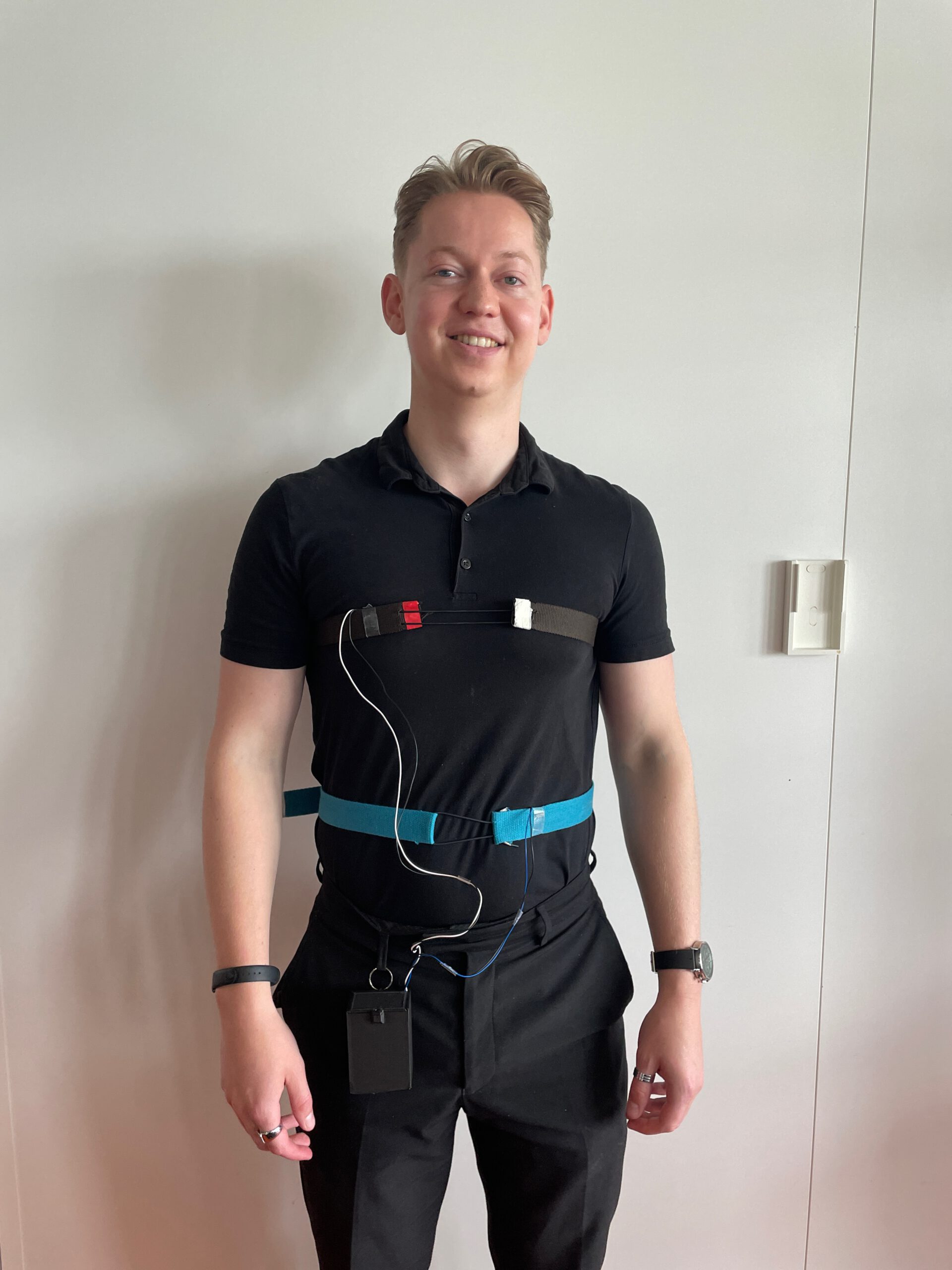

Image 22: Visualizing a heartbeat with light and airflow
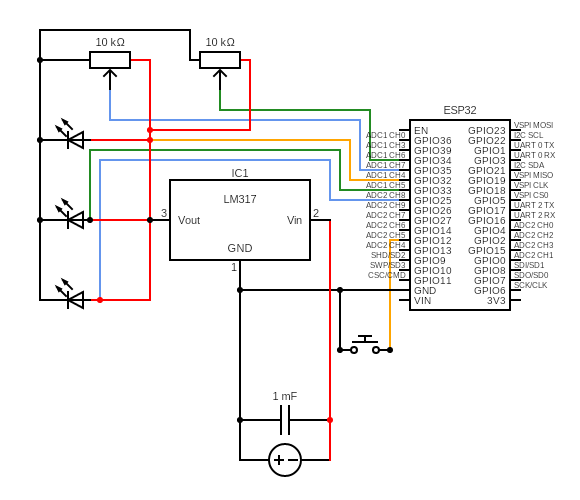
Image 24: Soft robotics breathing self-tracking and exploration

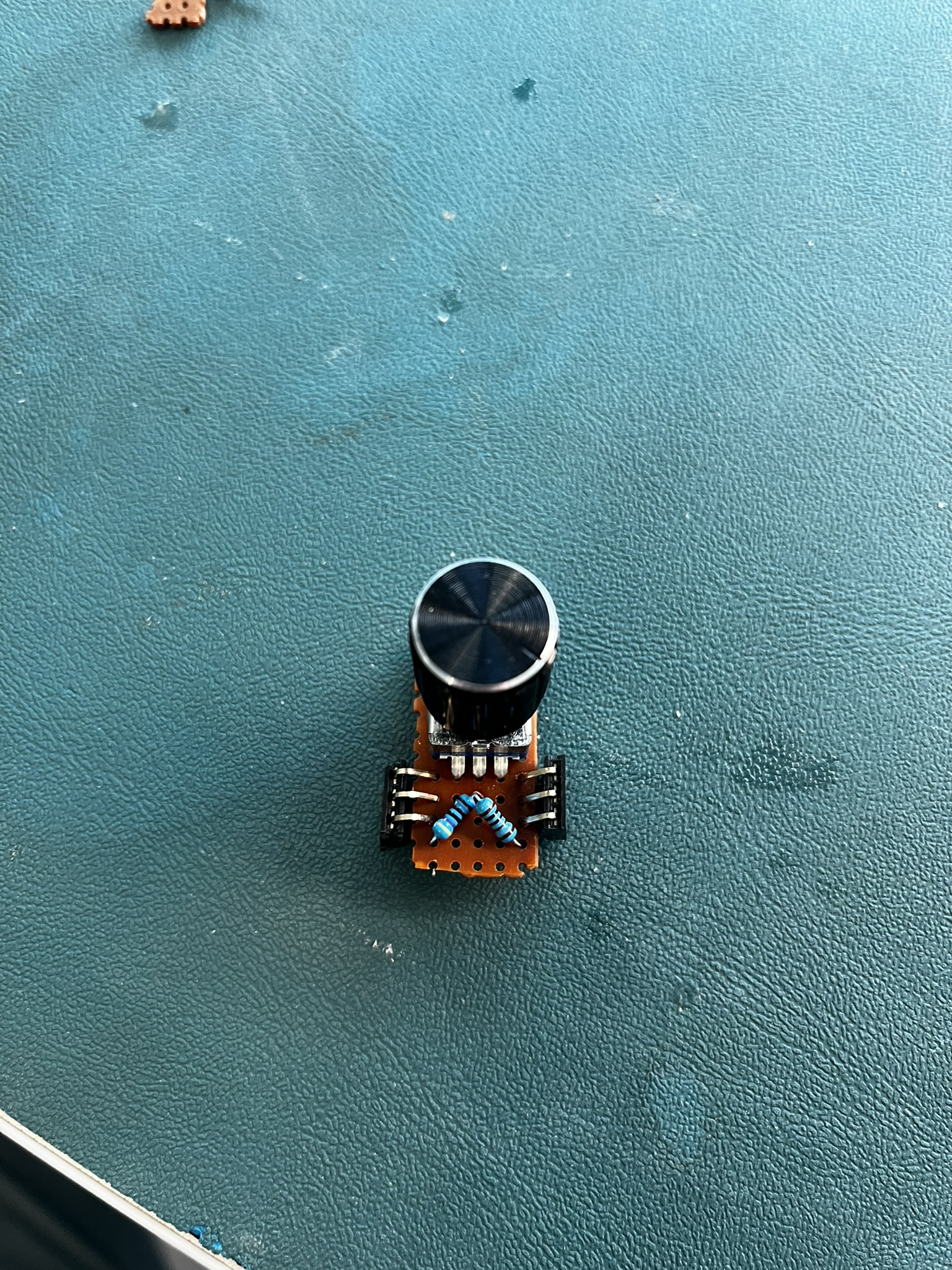
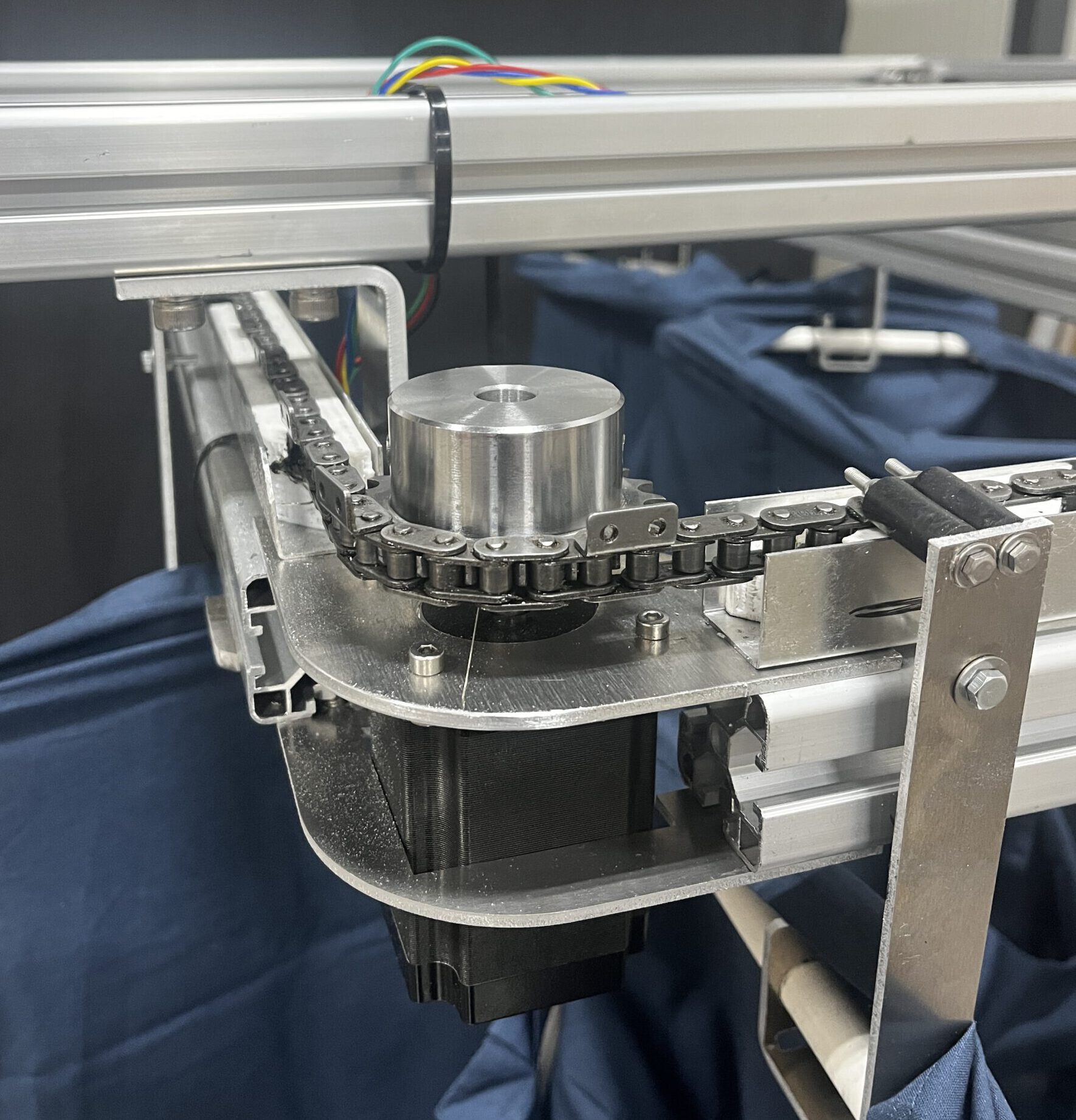
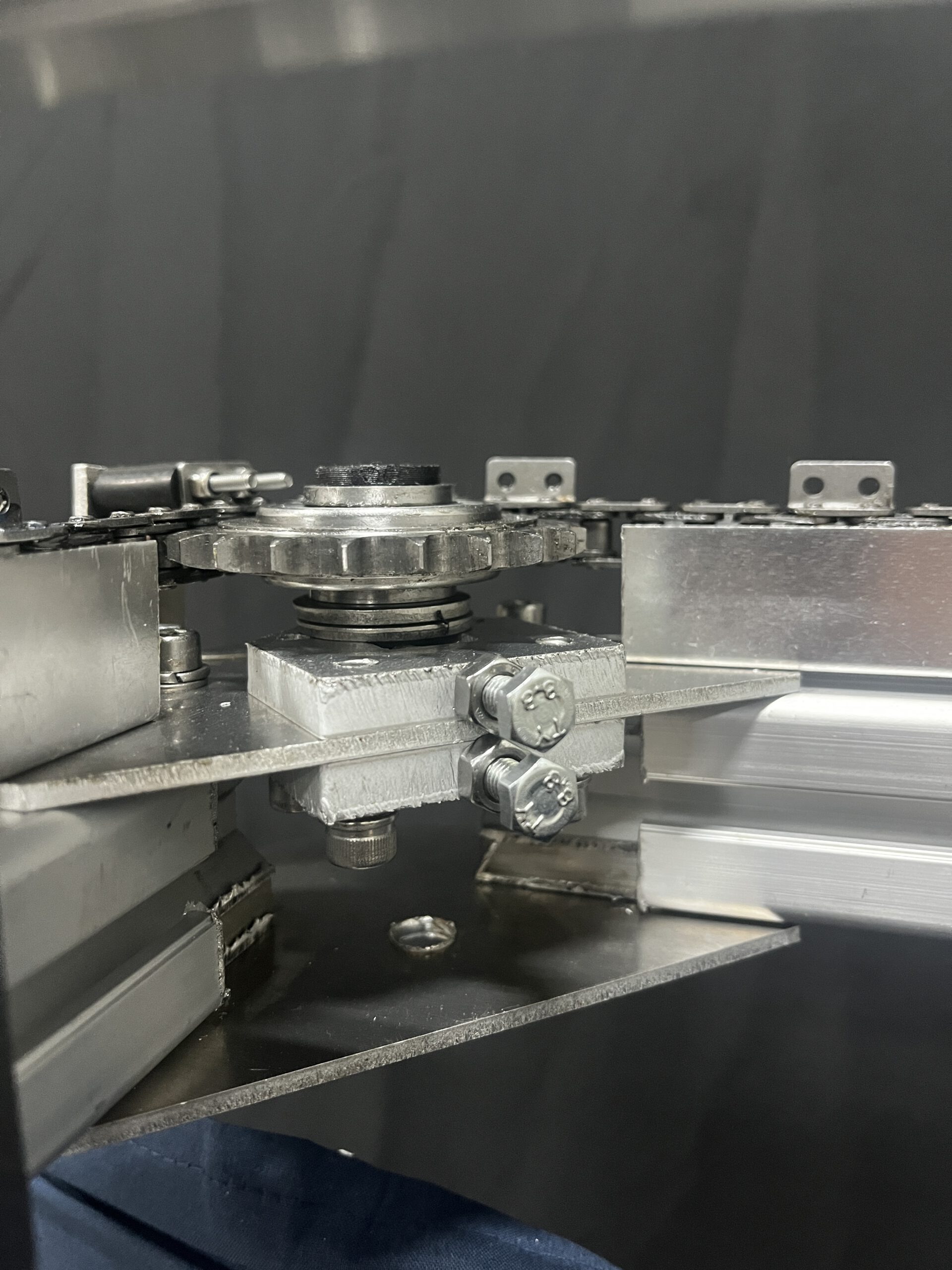
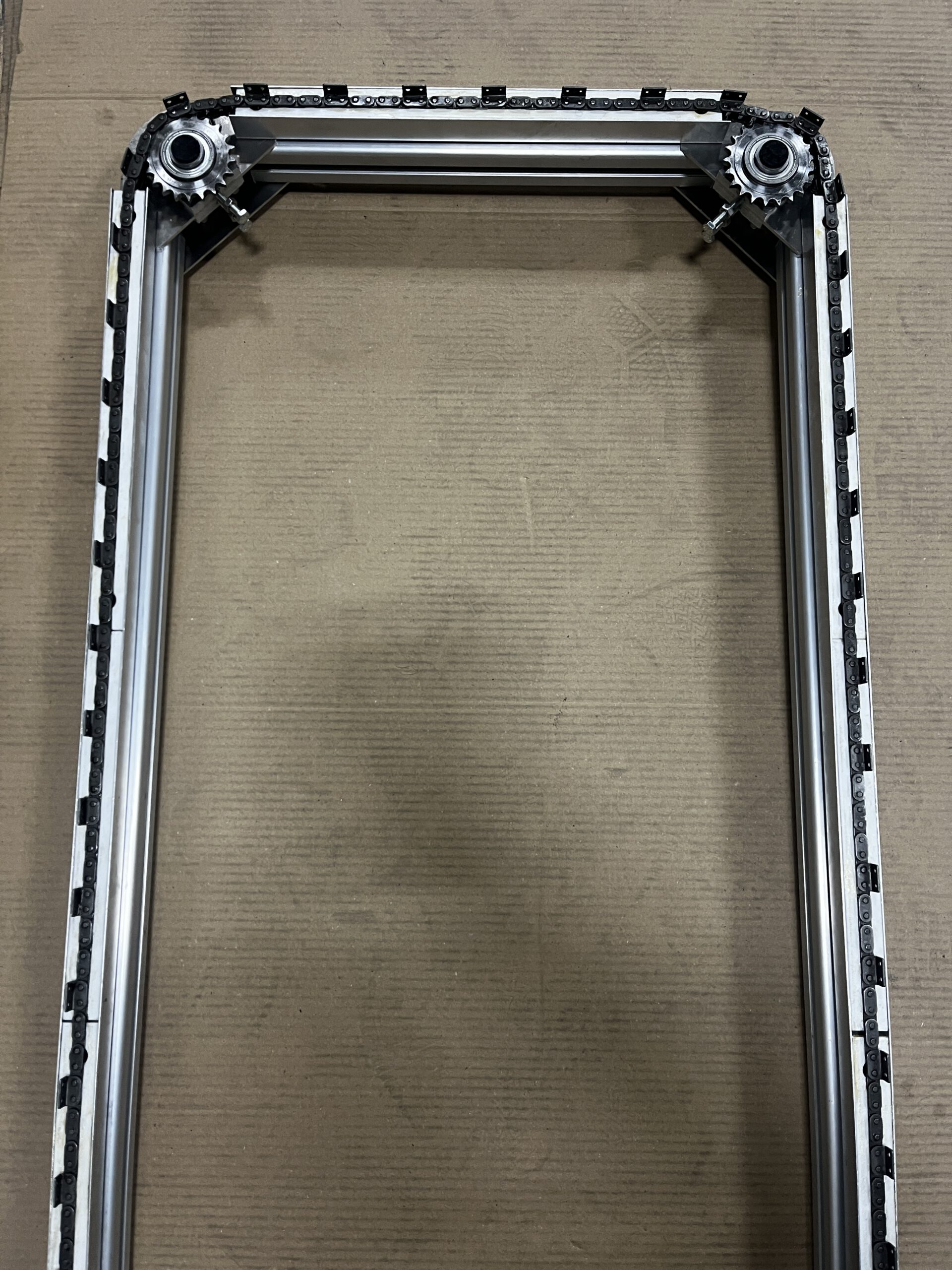
Sensors & Actuators
A personal goal of mine throughout the Master has been to discover and incorporate new sensors and actuators in my designs, fueled by my interest in self-tracking, data visualization/physicalization, and programming and electronics in general. For this, I learned to develop breathing monitors from conductive rubber cords and a heartbeat sensor (Images 20 and 21). The latter required me to learn more advanced signal processing to filter breathing from heart rate data. In this process, I gained more sensitivity for choosing appropriate and low-burden sensors, which is important for data-enabled products. In communicating the data from these sensors, I explored more inherently linked methods, where I previously often relied on light. This aids understanding and was fueled by my learnings in context-dependence and interaction design. In my M1.1, I combined light with soft-robotic movement to visualize a heartbeat for our installation (Images 22 and 23). In Data-Enabled Design, I dove further into soft robotics to mimic breathing patterns (Images 24 to 26). When joining EPHI, I transitioned into designing hard robotics, where I learned how to properly design and constrain stable and reliable driven systems. I realized my first chain-driven system (Images 27 to 29), which served as the foundation for further development during my Final Master Project.
technology & Realization | math, data & computing
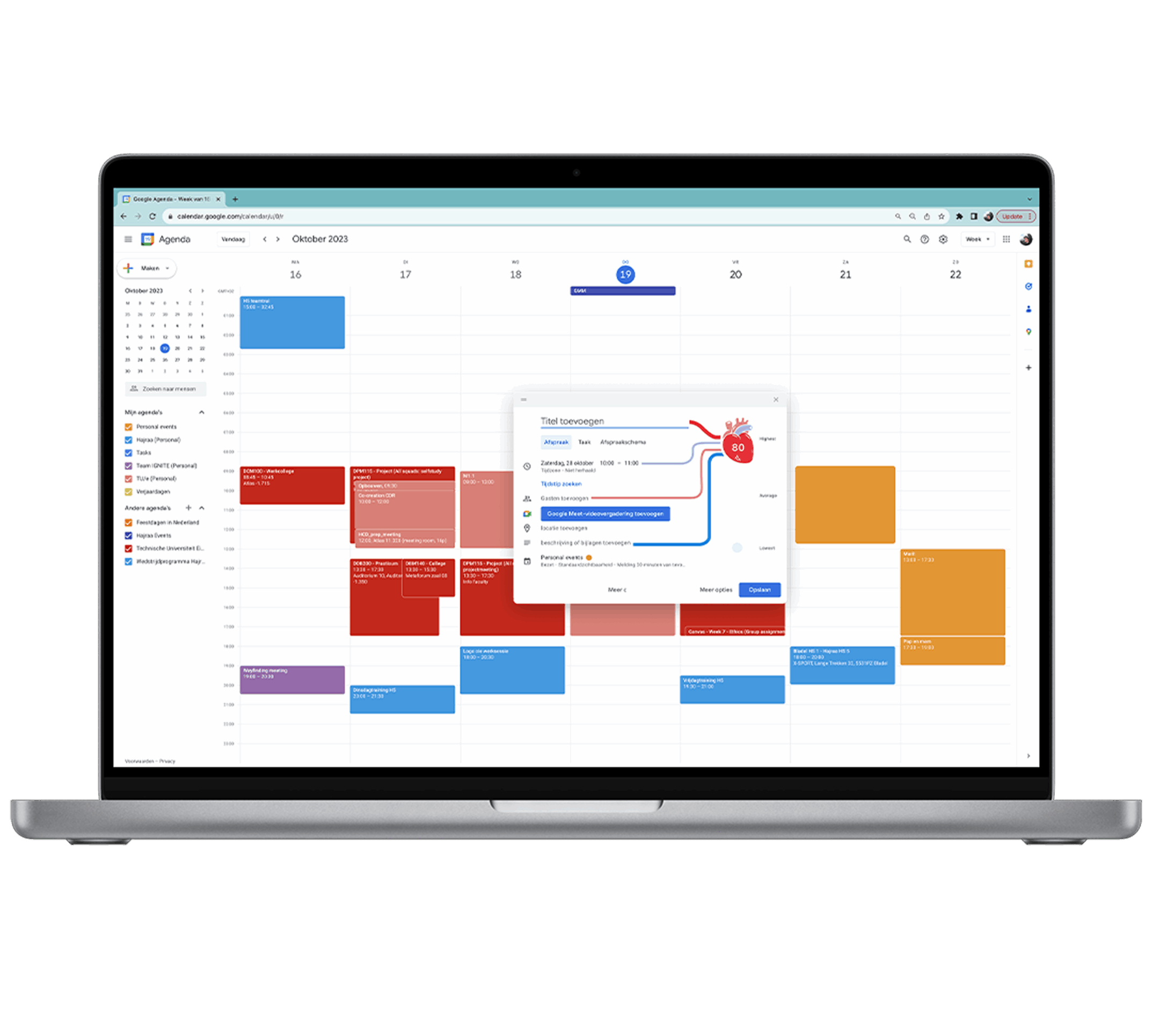

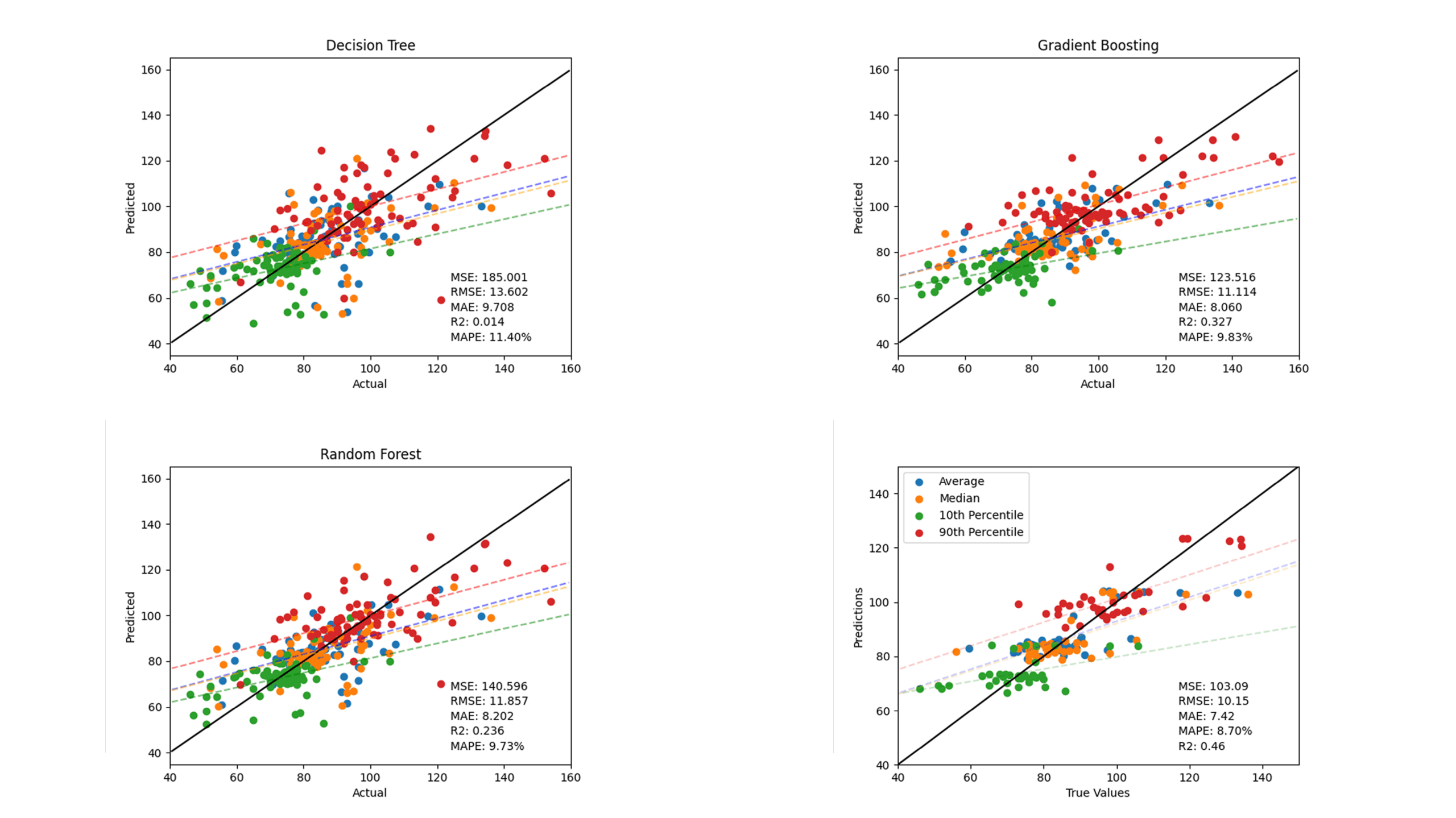
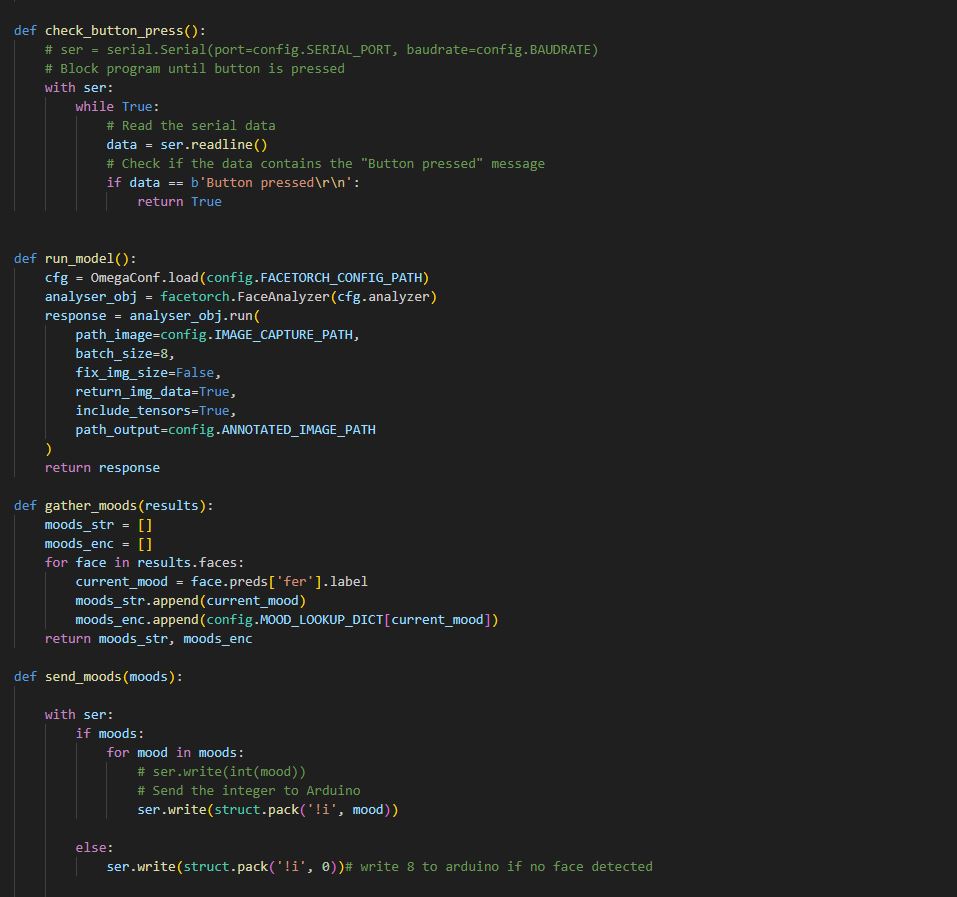
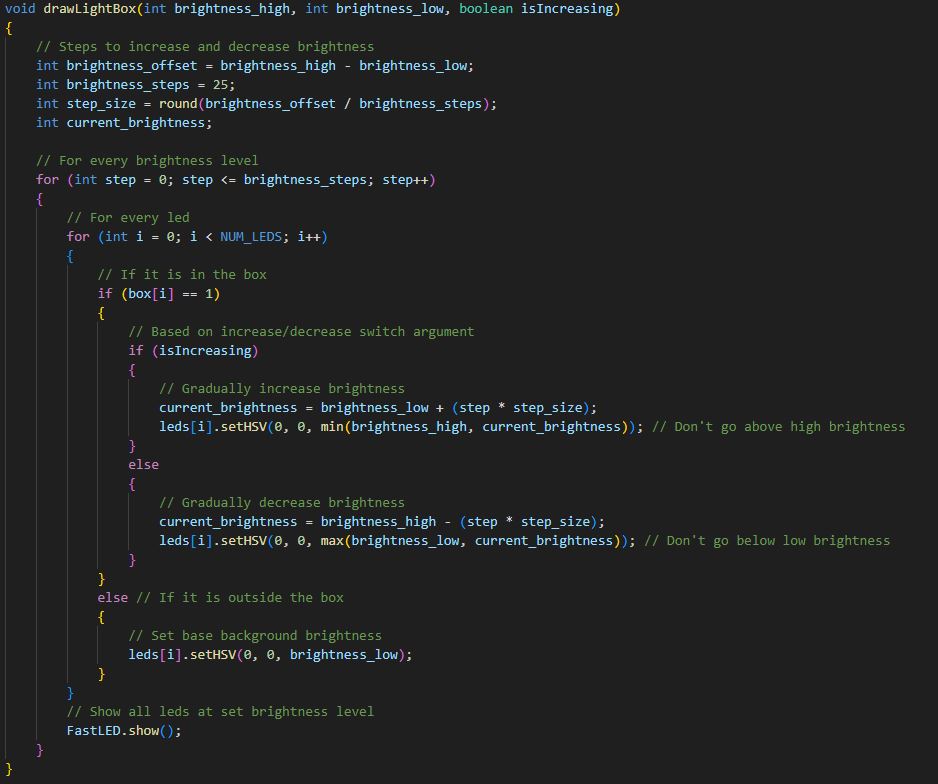
Programming & Data
With self-tracking technologies being an integrated part of my design Vision and designing experiential prototypes central to my Professional Identity, I emphasized programming and working with data in my Master. In the Explainable AI course, we developed a Neural Network to predict heart rates through calendar data (Images 30 to 32). This taught me how to use Python for developing, visualizing, and evaluating Machine Learning algorithms. Moreover, it introduced me to non-judgmental self-tracking; curiosity-driven and creative self-tracking, and the academic landscape of self-tracking technologies. This shaped my Professional Identity and Vision by conceptually bridging creativity, wellbeing, interaction design, programming, and data visualization. My M1.1 project taught me that I was more interested in designing with data than analyzing data, prompting my decision for Creativity & Aesthetics over Math, Data & Computing as my second expertise area. There, I visualized emotions through ambient light, combining computer vision, micro-electronics, and aesthetics (Image 33). Data-enabled Design introduced me to self-tracking for exploration and being more conscious of the burden placed on participants. With data as a cornerstone, this design methodology suited my Professional Identity, and the methods related to it have helped me approach technical projects more creatively. Throughout all projects, I have led firmware development, for which I improved in writing well-documented and structured firmware (Image 34). This enables higher fidelity prototypes and better collaboration with (software) engineers, thus better career opportunities and potential to realize my vision.
technology & Realization | math, data & computing
creativity & aesthetics
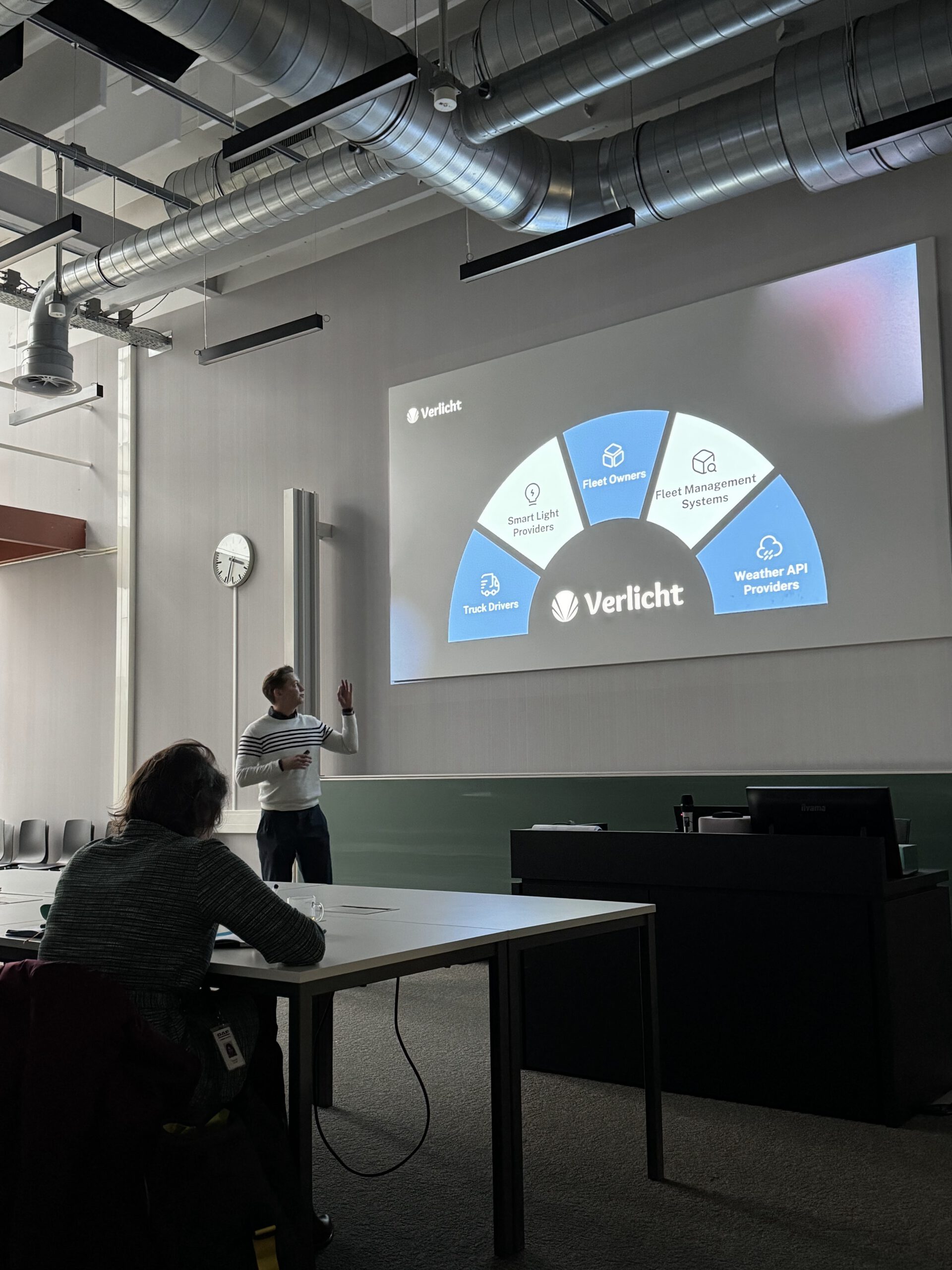
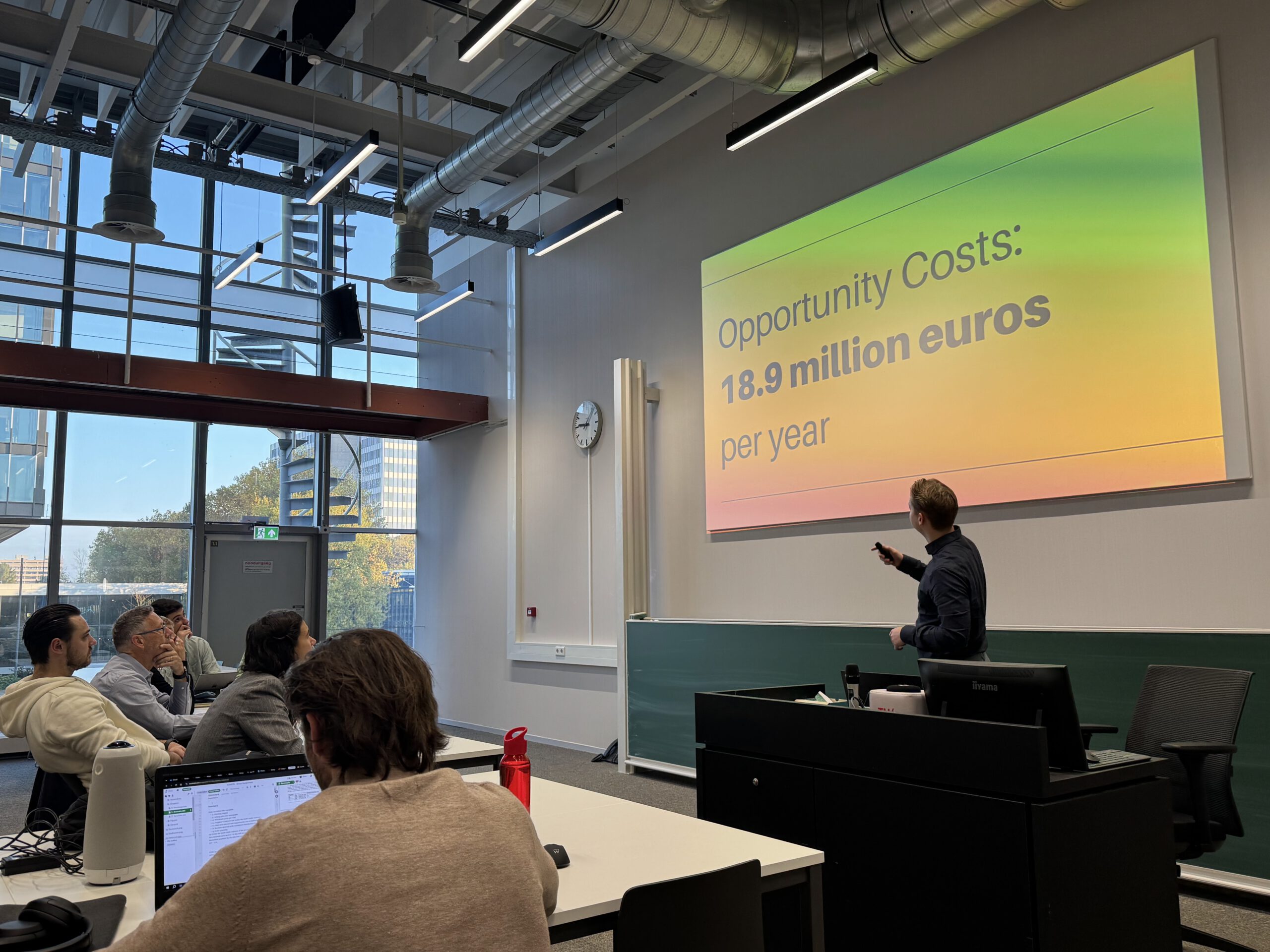
Project Management & Stakeholder Communication
Finally, as I moved into more multi-disciplinary and professional environments during my Master, my role within technical teams became more apparent. With my experience in collaboration, and eye for detail and organization, this role entailed hands-on project management. I maintained the planning, project vision, and internal and external communication, while playing an active role in designing and developing. Through this, I improved in switching perspectives between levels of abstraction and short-term and long-term planning. Stakeholder involvement and communication were clear goals during my Master to enable contextualization and project impact. During my M1.1, I struggled to define value propositions for stakeholders, and in my M1.2 project, I experienced the negative effects of being passive in waiting for stakeholders. From these two projects, I made directing my own planning and leveraging my creative skills for storytelling more of a priority. This improved my ability to gain and sustain stakeholder attention during my M2.1, the Innovation Space project, and the TU/e contest. I also gained confidence in pitching (Images 35 and 36), developing financial models (problem and solution quantification), examining risks (e.g. legislation), and improvising. This landed us a collaboration with DAF trucks to potentially further develop our concept. The next step in developing my entrepreneurial mindset and professional identity is to improve my confidence in presenting myself as an expert to stakeholders.
business & Entrepreneurship | Design & Research Processes
present →
← previous
project
← previous project